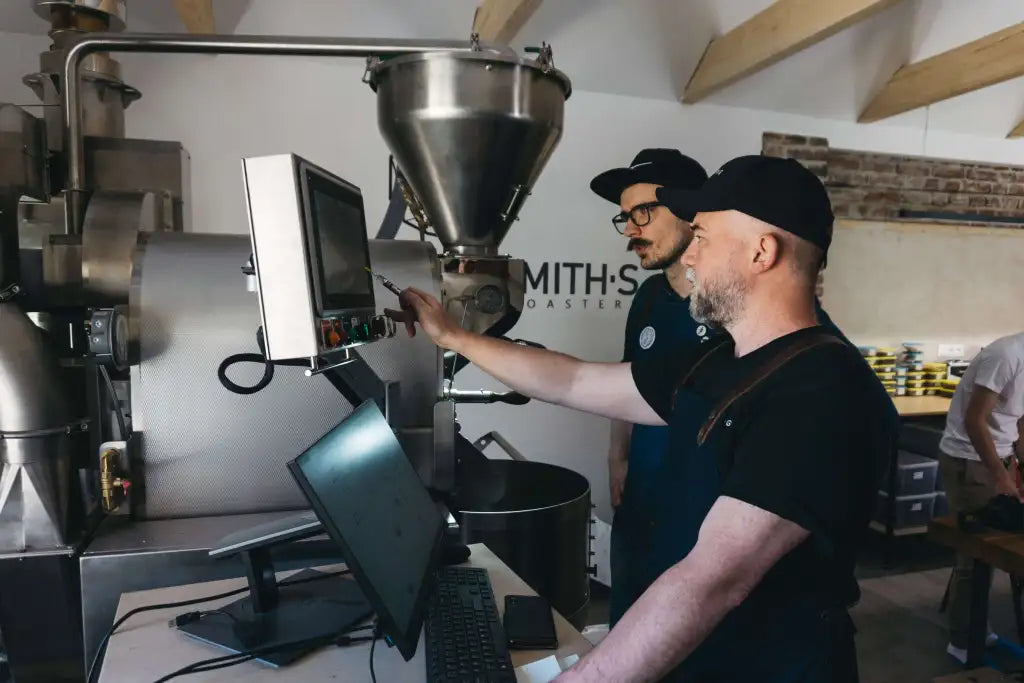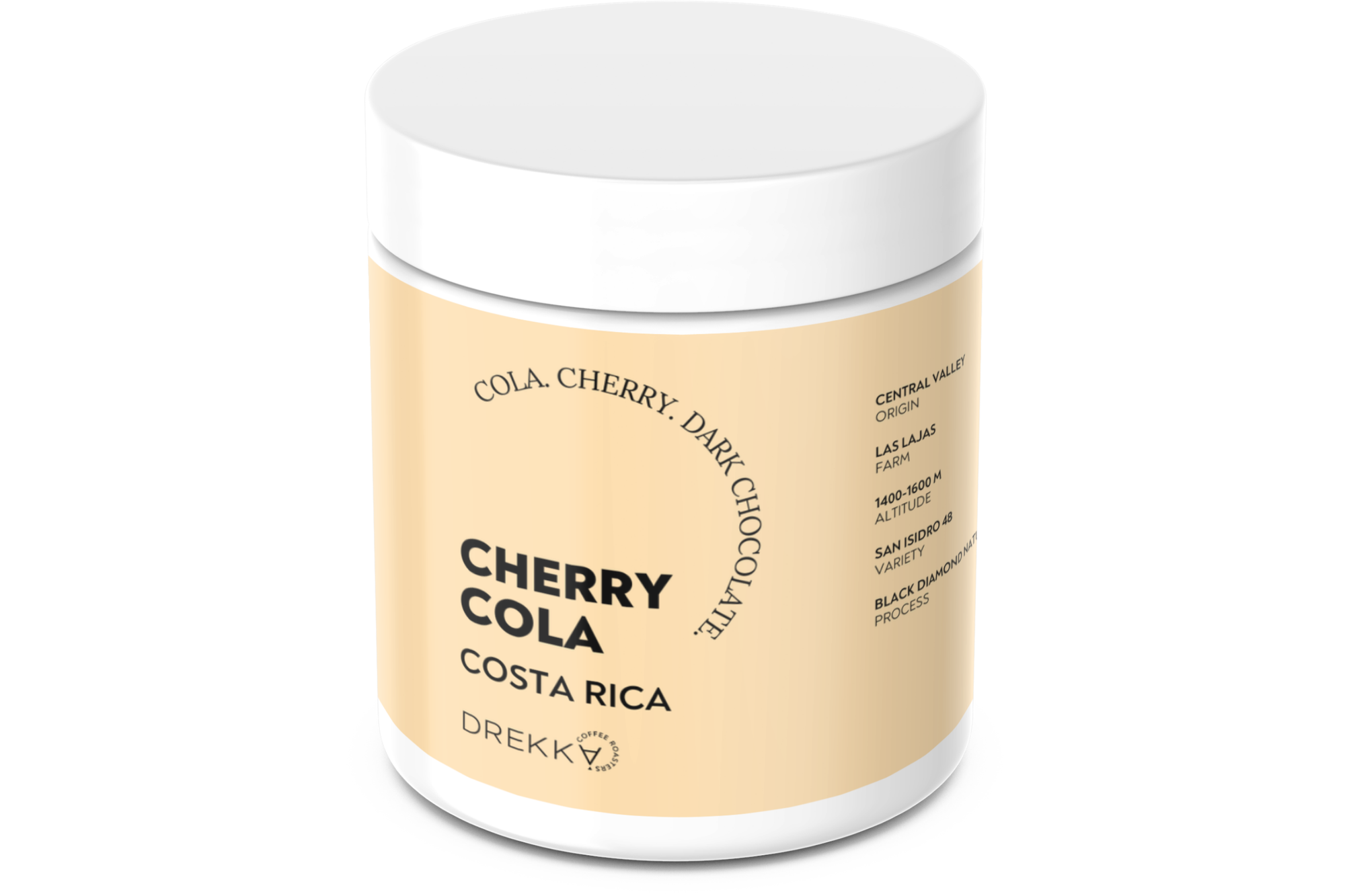This AA Fully Washed lot comes from smallholder farmers delivering cherries to Gachatha Factory in Nyeri County, Kenya, located on the slopes of the Aberdare mountain range. The region’s rich volcanic soil and ideal high-altitude climate contribute to the distinctive, complex flavor profile that Kenyan coffees are world-renowned for.
Gachatha Factory is situated in Karundu, Tetu Subcounty, and was established in 1963, the year of Kenya’s independence. It was initially part of the Giant Tetu Farmers’ Cooperative Society, and after the cooperative split in 1999, Gachatha Farmers’ Cooperative Society (FCS) was registered as a separate entity, managing a single factory (or wet mill, as they are called in Kenya). Today, the factory works with over 1,500 active members, who cultivate primarily SL28, SL34, Batian, and Ruiru 11 varieties.
The FCS promotes sustainable agricultural practices, aiming to reduce environmental impact while supporting high-quality production. Coffee in Kenya is graded by size, and AA represents the largest bean size - screen size 17/18, meaning the beans are over 7.2 mm in diameter.
Coffee Varieties
• SL28 is one of Africa’s most respected varieties. Originally selected in the 1930s at the Scott Agricultural Laboratories (now NARL, Kabete), it is drought-tolerant and suitable for medium to high altitudes, though vulnerable to coffee diseases. It’s prized for its rusticity as trees can survive years of neglect and still return to production and for its sweet, complex cup profile with vinous undertones. Genetically, SL28 is part of the Bourbon group.
• SL34, also selected in the late 1930s at Scott Labs, is genetically closer to Typica. It’s known for its exceptional cup quality, full body, and pleasant acidity, but is highly susceptible to rust, berry blight, and other diseases, requiring careful crop management.
• Ruiru 11 is a compact, high-yielding hybrid bred for resistance to coffee berry disease (CBD) and leaf rust. It combines Catimor (female parent) and a complex mix including SL28, K7, and Rume Sudan. While productive and disease-resistant, its flavor profile is generally less interesting, often described as slightly earthy.
• Batian, released in 2010, was developed from Ruiru 11 to combine high yield and disease resistance with improved cup quality. It is now gaining popularity among quality-focused producers for its better sensory potential.
Once cherries are handpicked at peak ripeness, they are delivered to Gachatha Factory and undergo a meticulous Fully Washed process. The cherries are first sorted to remove any defects, then pulped to remove the outer skin. The parchment is fermented in concrete tanks for 12 to 24 hours, depending on temperature and conditions, to break down the mucilage.
After fermentation, the parchment is washed through grading channels using clean water from the Kagumo River, which also helps separate beans by density. During peak season, a final soaking phase of up to 24 hours may be added to enhance clarity and cup quality.
Drying takes place on raised beds and lasts anywhere from 5 to 21 days. During this time, parchment is regularly turned and carefully covered during the hottest parts of the day or in case of rain, ensuring even drying and minimizing the risk of defects.





